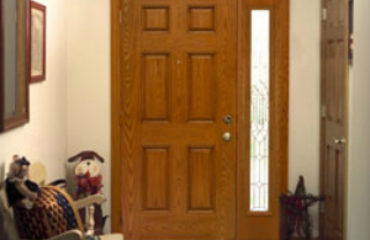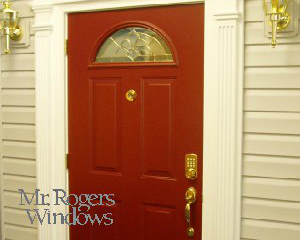 There is no question about it; our lives have become busier and busier. This not only means more stress for us, but also for our pets!
There is no question about it; our lives have become busier and busier. This not only means more stress for us, but also for our pets!
If you’ve ever been late getting home after a long day at the office, you probably know very well that strained look on your dog’s face. Hopefully, there hasn’t been an accident on your carpet!
Aside from needing a “potty break” during the day, your dog (or cat) needs exercise and outdoor time. While the amount of exercise required depends on the age, size, health and breed of your dog, animal experts suggest some form of exercise every day. A sedentary lifestyle isn’t good for humans and this is also true for pets.
Without regular exercise, dogs* are prone to….
- Destructive digging and chewing
- Garbage raiding
- Over-excitability and hyperactivity (especially at night)
- Jumping on people
- Knocking over furniture
- Playing rough and biting
- Excessively barking and whining
Some people hire professional dog walkers to come to their home and exercise their pets, but not everyone has the budget for that kind of service. A pet door can help solve many behavioral problems and promotes pet health too. While there is no substitute for you walking and playing with your dog every day, a pet door can be part of the solution.
Dependable and long-lasting pet doors are available for Provia doors. They fit flush exterior doors as well as storm doors. Find out about the many side door and storm door options available. With a solid aluminum construction, Provia pet doors are designed to stand up to the wear and tear of repeated use. The door flap is soft enough for your pet to easily move through, but it also has a firm seal capability. These pet doors include a locking panel for those occasions when you want your pets to stay inside.
You can choose from two sizes of pet doors by Provia depending on the size of your dog or cat. The medium-sized door is for pets up to 40 pounds and the large size is for pets up to 100 pounds.
Get the right pet door for your dog or cat.
Don’t try to directly measure your pet with a yard stick or tape measure. This will cause frustration and irritation for both you and your furry friend and it won’t be accurate! Instead, find the minimum width your pet will need to move easily through the pet door by following these steps:
1. Call your dog or cat into an interior room in your house. Ask a family member to assist you with this project.
2. Sit or kneel near one side of the door and ask your assistant to keep your pet on the other side of the door.
3. Estimate how much space your pet will need to comfortably walk through the doorway and then close the door to that distance.
4. Hold up a ruler to measure the width of the opening and then allow your pet to walk through. You can use treats to make this an enjoyable experience for your pet. It’s best if your pet walks, rather than runs, through the opening allowed by the partly closed door so that you can adjust the width as needed.
5. Allow more than an inch above your pet’s shoulders for the actual pet door.
Be sure to also pay attention to the “step over” for the pet door. This is the distance your pet will have to step over while traveling through the door to get outside. The “step over” should not be more than 1/3 of your pet’s height.
And, of course, if your dog is a puppy or still has significant growing yet to do, plan for that in your measurements.
Providing your dog (or cat) with easy access to the outside, when you want it, is more convenient for you and supports comfort and health for your pet too! Click here to contact us with your questions about pet doors.
*More information about how to care for you dog can be found at the ASPCA website.




















You must be logged in to post a comment.